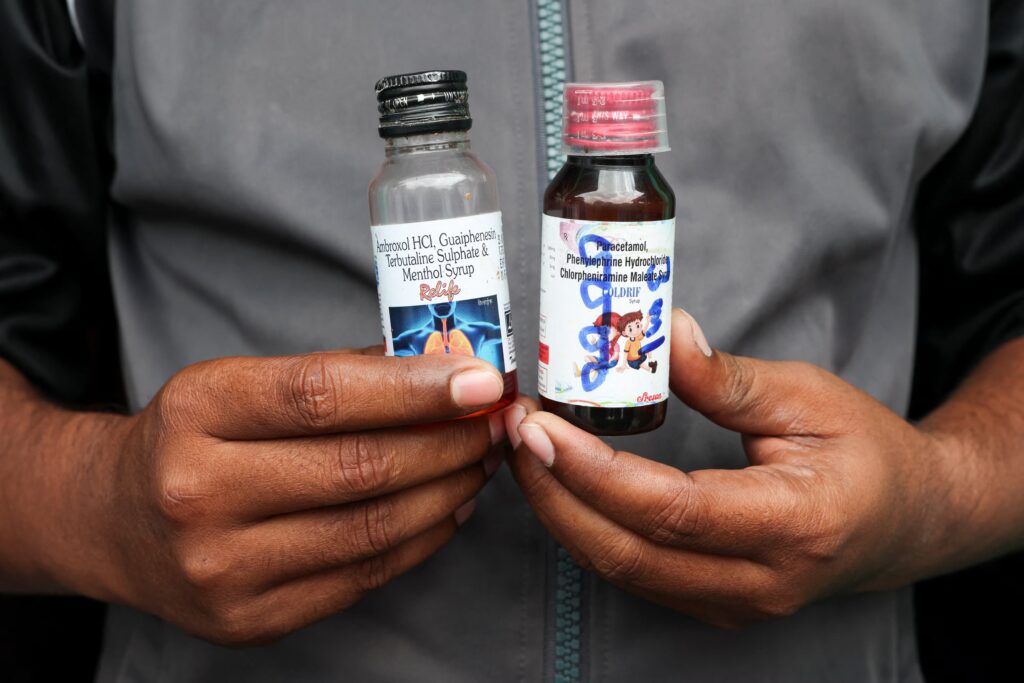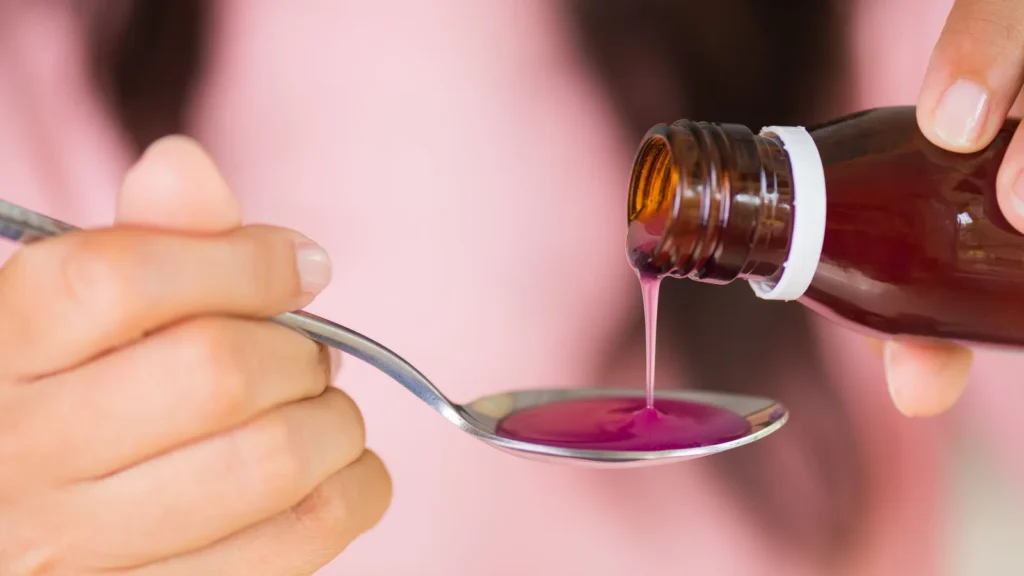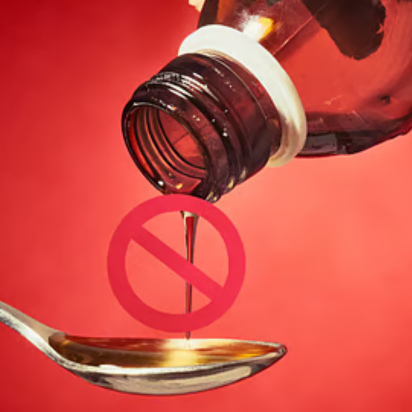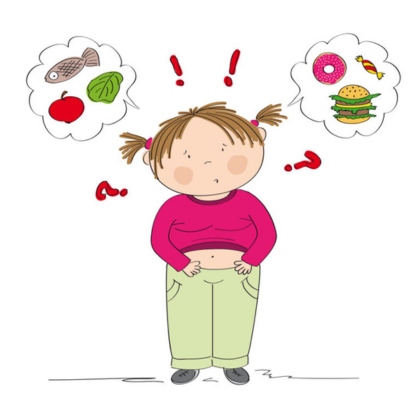Here’s the thing: parents trust cough syrups to help kids feel better, not to put them at risk. But recently in India, three syrups sold for coughs have been found to contain a highly toxic industrial chemical called diethylene glycol (DEG) at levels far above what’s safe. The World Health Organisation (WHO) has pulled them off the shelves and is investigating how this disaster happened. The Junior Age has all the details for you.
3 Toxic Cough Syrups Banned in India, know Why Coldrif, Respifresh TR & ReLife Are Off the Market:
Which 3 Cough Syrups Were Banned and Why
India’s drug regulator has banned three cough syrups – Coldrif, Respifresh TR, and ReLife. After laboratory tests revealed dangerously high levels of diethylene glycol (DEG), a toxic chemical often used in antifreeze. Even small doses of DEG can cause serious kidney and liver damage, and in some cases, it can be fatal, especially for children.
Here’s a quick breakdown of what went wrong:
- Coldrif (by Sresan Pharmaceutical, Tamil Nadu)
This syrup was found to be severely contaminated with DEG – almost 500 times above the permissible limit. The contamination has been directly linked to the deaths of at least 17 children in Madhya Pradesh. The government has banned the syrup, shut down the factory, and launched a criminal investigation against the manufacturer. - Respifresh TR (by Rednex Pharmaceuticals, Gujarat)
Tests showed DEG levels around 1.3%, far beyond the safe limit of 0.1%. While no deaths have been officially tied to Respifresh TR so far, it was still declared unsafe for human use. All batches have been recalled, and production has been suspended pending further investigation. - ReLife (by Shape Pharma, Gujarat)
ReLife also tested positive for DEG contamination – around 0.6%, several times the allowed level. No deaths have been reported from its use, but the government has taken preventive action, banned sales and stopped manufacturing to prevent any possible harm.
These findings sparked nationwide concern about the quality control and safety of over-the-counter medicines, especially those given to children. The Central Drugs Standard Control Organization (CDSCO) has ordered all states to remove these syrups from pharmacies, verify raw materials used by manufacturers, and tighten checks on every batch produced.

Why This Matters
- Toxicity of DEG: It’s an industrial chemical. Even small amounts can damage the kidneys, liver, causing serious illness. In children, the risks are much higher.
- Quality control failure: Tests found these products massively exceeded safe thresholds. That suggests serious lapses somewhere in raw materials, manufacturing, and testing.
- Regulatory response: The Central Drugs Standard Control Organisation (CDSCO) stopped authorisations, ordered recalls, banned sales, and asked state authorities to remove stocks.
- Public health risk: Children under five are especially vulnerable. Also, worries about informal or unregulated supply chains, could these syrups reach people unknowingly?

What Parents Need to Know
- Check medicine labels carefully. If you see Coldrif, Respifresh TR, or ReLife, stop using them.
- Watch for symptoms if cough syrup has been given: kidney issues (reduced urination), stomach pain, vomiting, weakness. Seek medical advice.
- Prefer prescribed medicines, avoid over-the-counter syrups unless the doctor approves, especially for very young children.
- Demand quality: insist the medicine is from a reputable source; ask your pharmacist about the batch and expiry.
To subscribe to The Junior Age newspaper, click here!




